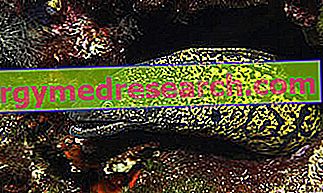Related articles: Pulmonary embolism
Definition
An embolus is a material, for example a lump of blood, fat, amniotic fluid, an air bubble or a foreign body, which is transported by the blood to a point in a vessel in which it stops, causing obstruction of the vessel ( embolism). The most frequent type of embolism is pulmonary embolism, in which the "clot" stops in a pulmonary artery, whose biological importance determines the outcome of the event. Most of these clots originate in the legs, as a result of deep vein thrombosis.Most common symptoms and signs *
- Respiratory acidosis
- Acute abdomen
- anguish
- Anuria
- asphyxiation
- Retrosternal burning
- palpitations
- Cyanosis
- Dyspnoea
- Distension of the neck veins
- Chest pain
- Pain in the Stomach Mouth
- Pain in the upper part of the abdomen
- Pain in the sternum
- hemoptysis
- Hemoptysis
- Pleural empyema
- heartburn
- Temperature
- Atrial fibrillation
- Atrial flutter
- Hypercapnia
- Hyperventilation
- Hypoxia
- Hypotension
- Restlessness
- White patina on the tongue
- Paradoxical pulse
- presyncope
- Wheezing breath
- Reduction of respiratory noise
- Blood in Saliva
- Sense of suffocation
- Confusional state
- Sweating
- Fainting
- tachypnoea
- Cough
- Uremia
- Pleural effusion
Further indications
In most cases, pulmonary embolism is not fatal; however, it remains one of the main causes of hospital deaths and a growing concern for those who travel for a long time by plane, especially if they do it in economy class. Knowing how to readily recognize the symptoms of pulmonary embolism is very important because current anticoagulant treatments, if undertaken in time, significantly reduce the risk of death; equally important are the general prevention rules, widely listed in this article. The symptoms of pulmonary embolism are often associated with those of deep vein thrombosis (edema and pain in the lower limbs, especially palpation) and their intensity depends on the severity of the obstructive process and on the possible concomitant presence of lung or heart disease . The painful thoracic symptoms associated with pulmonary embolism follow those of a heart attack; they can then radiate to the shoulder, arm to the neck or jaw, do not regress with rest but can worsen with physical exertion, as well as with deep breathing, coughing and chewing.



